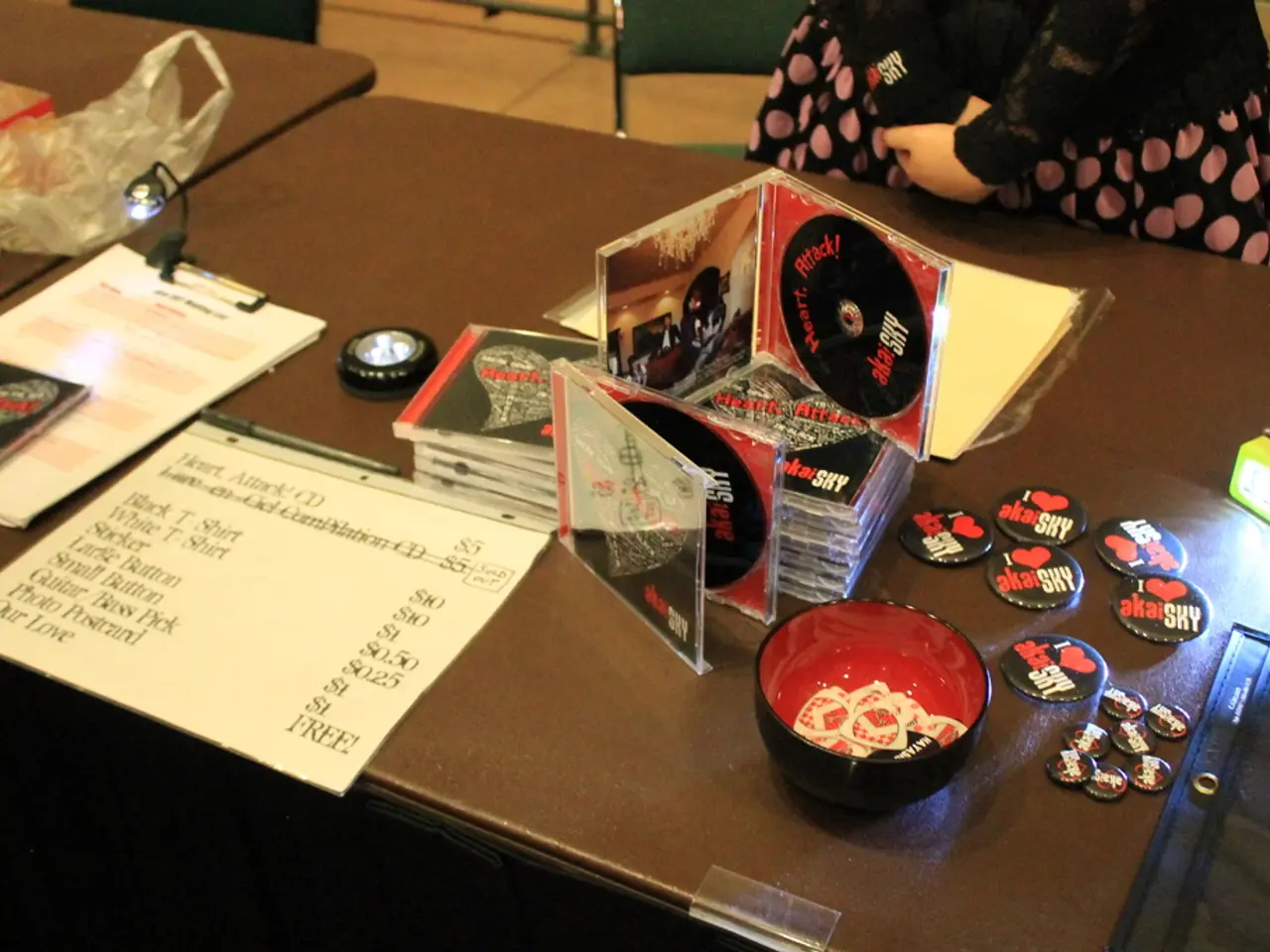Exploring International Patent Regimes: An In-depth Analysis
The historical development of global patent systems can be traced back to the 15th century, with the earliest forms of intellectual property protection. Today, these systems play a crucial role in facilitating international trade and fostering innovation.
The Paris Convention for the Protection of Industrial Property, established in 1883, was the first significant international patent treaty. It introduced key principles such as national treatment and the right of priority, laying the foundation for international cooperation in patent law. The national treatment principle requires countries to grant the same patent rights to foreigners as to their own citizens, while the right of priority allows inventors who file a patent application in one member country to have a grace period to file in other member countries while preserving the original filing date.
In 1967, the World Intellectual Property Organization (WIPO) was established, providing a dedicated international institution to oversee global intellectual property matters. One of the most significant developments under WIPO was the Patent Cooperation Treaty (PCT), adopted in 1970. The PCT created a unified international patent application system, allowing inventors to file a single "international" patent application that can later enter national phases in multiple countries. This simplifies the process and reduces costs while extending the time applicants have to seek patent protection abroad.
A major milestone came with the Agreement on Trade-Related Aspects of Intellectual Property Rights (TRIPS), negotiated under the World Trade Organization (WTO) during the Uruguay Round and effective since 1995. TRIPS mandated WTO member countries to provide minimum patent protection standards and to establish enforcement mechanisms. This "grand bargain" required developing countries to adopt stronger IP protections, often earlier than their economic development historically justified, leading to ongoing debates about access to medicines and the use of flexibilities in the treaty.
Global patent systems, today, are complex frameworks that harmonize substantive patent laws, simplify application procedures, and enforce IP rights internationally. However, they face challenges such as disparity in patent laws and practices across different jurisdictions, variations in enforcement, examination standards, and patentability criteria, and the rise of digital technologies and biotechnology complicating traditional patent systems.
Key components of global patent systems include criteria for patentability, application and maintenance procedures, enforcement mechanisms, and cooperation among national patent offices. Regional patent systems, such as the European Patent Convention (EPC) and the African Regional Intellectual Property Organization (ARIPO), streamline the patenting process for member countries, harmonizing national laws and providing patent protection across multiple jurisdictions.
The globalization of markets demands harmonized patent protections to reduce costs and legal complexities, facilitating smoother market entry for innovative products and services. The PCT and regional patent systems, such as the EPC and ARIPO, contribute to this goal by simplifying the international patent application process and providing a unified patent application process, respectively.
In conclusion, the development of global patent systems has been a progressive integration of countries into a unified framework governing intellectual property. From the Paris Convention in 1883 to the PCT and TRIPS in the mid-20th century, these frameworks have balanced inventor rights with public interests, facilitating innovation and cross-border trade. However, ongoing challenges such as disparities in patent laws and practices, variations in enforcement, and the rise of emerging technologies require adaptive legal frameworks to protect innovations effectively.
References:
- World Trade Organization. (2021). TRIPS Agreement. Retrieved from https://www.wto.org/english/tratop_e/trips_e/t_agm0_e.htm
- World Intellectual Property Organization. (2021). Paris Convention for the Protection of Industrial Property. Retrieved from https://www.wipo.int/treaties/en/ip/paris/
- World Intellectual Property Organization. (2021). Patent Cooperation Treaty (PCT). Retrieved from https://www.wipo.int/pct/en/
- World Intellectual Property Organization. (2021). Agreement on Trade-Related Aspects of Intellectual Property Rights (TRIPS). Retrieved from https://www.wto.org/english/tratop_e/trips_e/t_agm0_e.htm
- World Intellectual Property Organization. (2021). African Regional Intellectual Property Organization (ARIPO). Retrieved from https://www.wipo.int/edocs/lexdocs/laws/en/ar/ar024en.pdf
Technology plays a crucial role in the evolvement of global patent systems, as digital and biotechnological advancements complicate traditional systems and require adaptive legal frameworks. Intellectual property rights, protected through patent laws and treaties like the Paris Convention, World Intellectual Property Organization (WIPO), Patent Cooperation Treaty (PCT), Agreement on Trade-Related Aspects of Intellectual Property Rights (TRIPS), and regional patent systems such as the European Patent Convention (EPC) and African Regional Intellectual Property Organization (ARIPO), facilitate innovation and cross-border trade while addressing the challenges of disparity in patent laws, variations in enforcement, and the emergence of new technologies.




